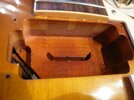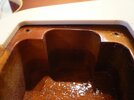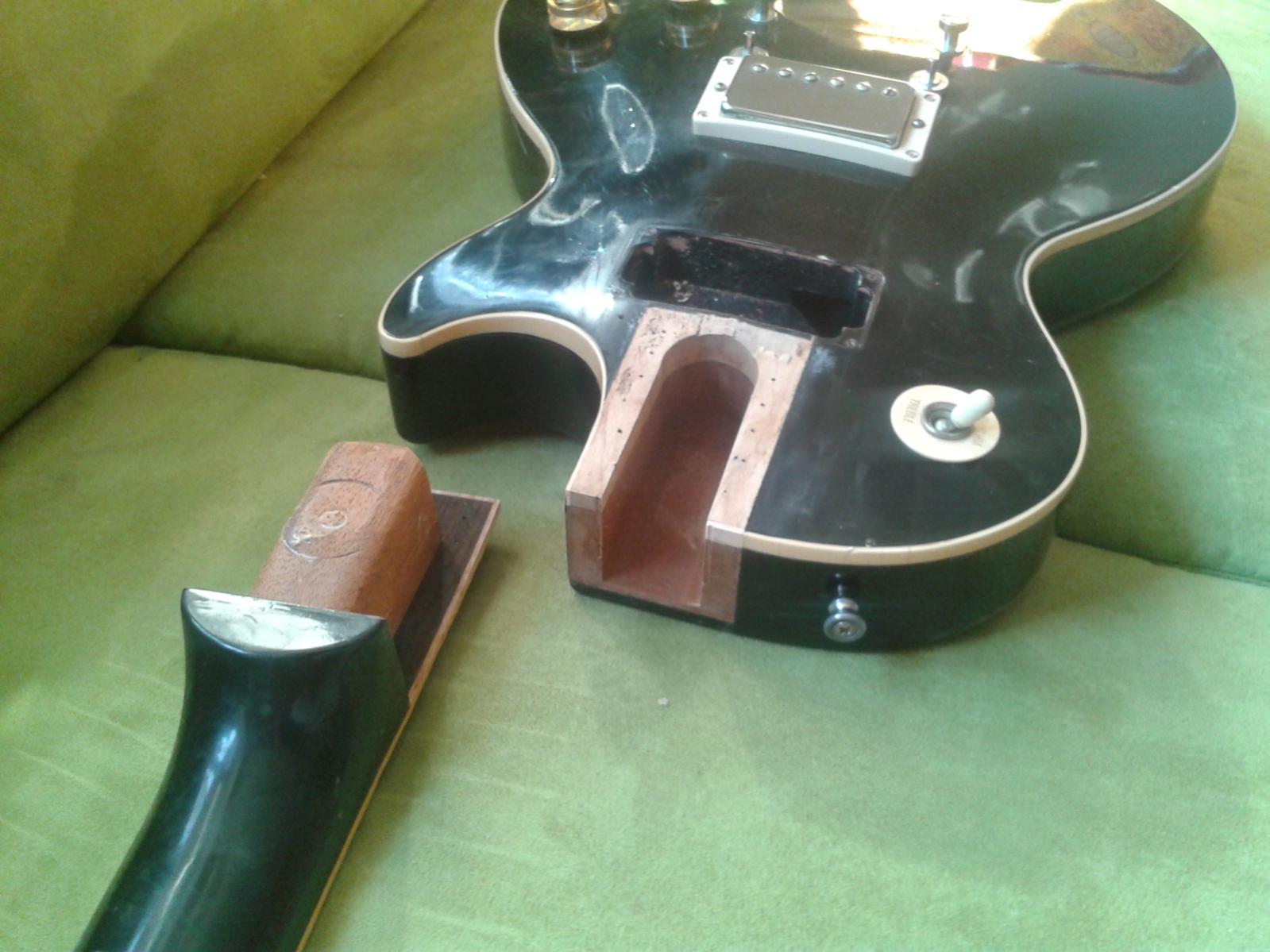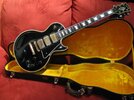3. The distance between pickup and string is a very important factor for output and sound.
As a general rule for the bridge pickup - put a nickel on top of the pickup under the high E string and play the highest note on that string. Adjust the height on that side of the pickup till the string touches the nickel. Repeat the same with the low E string, but use two nickels on top of each other. If this gives you too much output, you can reduce the height slightly. Don't forget that twice the distance will reduce the output by about 60%, and the sound will lose some lows. NOW, you can adjust the neck pickup to match the output of the bridge pickup. For the sound test, use stage volume.
4. The position of a pickup is the key for the tonal response between lows and highs.
One of the main flaws of multi-pickup guitars is the difference in sound between bridge and neck pickup. If you adjust your amp to get the right sound from the bridge pickup, your neck pickup might sound too bassy; or it's the other way around when you adjust the amp that the neck pickup sounds right. Also, a pickup in the neck position generates a much stronger signal than the same pickup in the bridge position. This is caused by the amplitude of a vibrating string which reaches, normally, its maximum at the center of its speaking length.




 )
)


